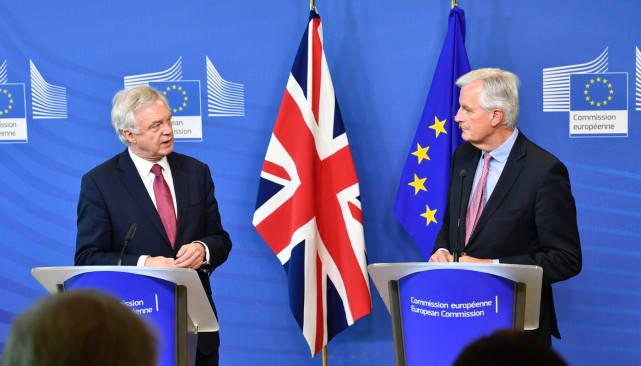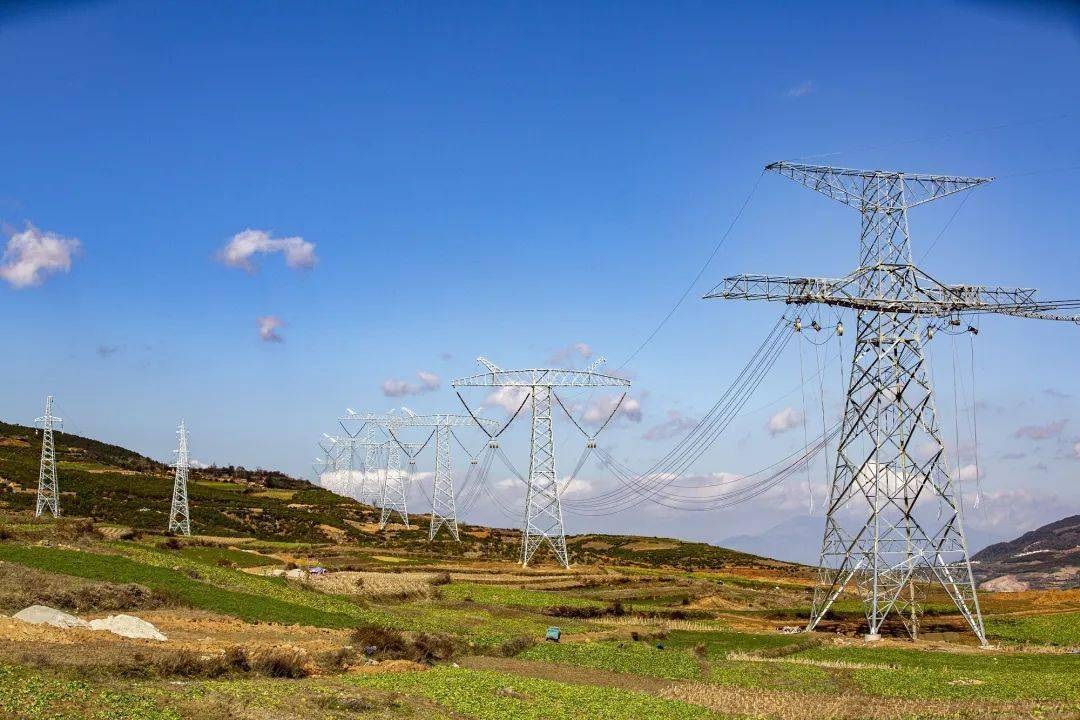
In the global economic landscape, the European economy has always occupied an important position. However, entering August 2025, the European economic situation has shown many worrying signs, especially in Germany, the "locomotive" of the eurozone economy. The sharp decline in its economic confidence index is like an alarm bell, sounding the prelude to potential risks in the European economy.
Germany's economic confidence index performance in August is frustrating. The country's ZEW Economic Sentiment Index for August plummeted by 18 points to 34.7, a figure far lower than the market's original expectation of a slight drop to 40. Just last month, the index rebounded strongly to 52.7, the highest since February 2022. At that time, the market had ignited a glimmer of hope for Germany's economic recovery, but now this flame of hope has been extinguished by the cold wind and rain in August. Along with this, Germany's ZEW Current Economic Situation Index for August is also not optimistic, further dropping from -59.5 last month to -68.6, even lower than the predicted -60. The deterioration of these two key indices clearly reflects the market's extreme concern about Germany's current economic situation and confusion and doubts about future development.
Delving into the reasons behind it, the weak performance of Germany's economy in the second quarter is an unavoidable factor. According to preliminary data from the German Federal Statistical Office, after adjustment for prices, seasons and working days, Germany's GDP fell by 0.1% quarter-on-quarter in the second quarter, far below the 0.3% quarter-on-quarter growth in the first quarter. During this period, German investment fell quarter-on-quarter in the second quarter. Although private and public consumption expenditure increased, it still couldn't reverse the overall economic downward trend. In the context of global economic integration, the slowdown in U.S. demand has also dealt a heavy blow to the German economy. Previously, U.S. companies made concentrated purchases in advance to avoid tariffs. This kind of "robbing Peter to pay Paul" behavior has to some extent overdrawn subsequent demand, leaving Germany's export industry facing problems such as reduced orders and overcapacity, and market confidence has been severely . In addition, the prospects of the chemical and pharmaceutical industries have declined particularly obviously, and the machinery manufacturing, metal and automobile industries have not been spared, also facing severe challenges. As a traditional industrial power, these industries are the pillars of Germany's economy. Now that the pillars are shaking, Germany's economic edifice is naturally in jeopardy.
The overall economic confidence trend in the eurozone is exactly the same as that in Germany, showing a downward trend. The region's ZEW Economic Sentiment Index fell by 11 points to 25.1 in August, and the Current Economic Situation Index dropped by 7 points to -31.2. This indicates that the difficulties faced by the German economy are not isolated incidents, but to some extent reflect the fragility and downward pressure of the entire eurozone economy. After relatively rapid growth in the first quarter, the eurozone economy slowed down again in the second quarter. Preliminary data released by Eurostat on July 30 showed that after seasonal adjustment, the eurozone's gross domestic product (GDP) grew by only 0.1% quarter-on-quarter in the second quarter of this year, far lower than the 0.6% quarter-on-quarter growth in the first quarter. From the perspective of specific countries, in addition to Germany's negative economic growth "dragging its feet", Italy's economy shrank by 0.1% quarter-on-quarter in the second quarter, and Ireland, which once led growth in the eurozone, shrank by 1% quarter-on-quarter, both lower than expected. Although the economic performance of France and Spain is relatively bright, with France's GDP growing by 0.3% quarter-on-quarter in the second quarter and Spain's growth rate reaching 0.7% quarter-on-quarter in the second quarter, it still can't hide the fact that the overall economic growth momentum in the eurozone is insufficient.
The recent new trade agreement reached between the EU and the United States has undoubtedly added new uncertainties to the already fragile European economy. The United States will generally impose a 15% tariff on EU exports to the United States, a move that has aroused widespread controversy within the EU. One voice believes that this will bring predictability to the EU economy, but more opinions point out that the 15% tariff will continue to cause losses to the European economy, especially for export-oriented economies like Germany, making the situation even worse. The German Institute for Economic Research believes that the new trade agreement will further increase the burden on the German economy. Some European research institutions point out that judging from the eurozone economic data in the second quarter, the momentum of Europe's economic recovery is still insufficient, especially Germany, the largest economy, has failed to stabilize growth, and the prospects for manufacturing are still unclear. The future growth trend of the European economy will continue to be affected by external environments such as U.S. tariff policies.
Faced with such a complex and severe economic situation, Europe is not without countermeasures. To boost economic recovery, European countries have previously taken a series of measures, including significantly increasing investment. The EU has launched a 750 billion euro "recovery fund" and an 800 billion euro "rearm Europe" plan, etc. The European Central Bank has cut interest rates 8 times in a row since June 2024. Under such circumstances, some European economic indicators have also improved, and some institutions have raised their forecasts for European economic growth. The International Monetary Fund (IMF) raised its forecast for eurozone economic growth in 2025 to 1% in its latest "World Economic Outlook" report released on July 29. Data released recently by S&P and Hamburg Commercial Bank (HCOB) shows that the eurozone's composite Purchasing Managers' Index (PMI) rose from 50.6 in June to 51 in July, a new high in nearly 11 months. Among them, the Services PMI was 51.2, the highest in 6 months; the Manufacturing PMI was 49.8%, although still below the 50 boom-bust line, it was also in an upward range. Data from the German Ifo Institute for Economic Research shows that Germany's business climate index rose from 88.4 points in June to 88.6 points in July, improving for the 7th consecutive month, reflecting the continuous recovery of corporate confidence. However, the sharp decline in the economic confidence index in August indicates that these positive factors may only be a temporary dawn, and Europe's economic recovery path is still long and bumpy.
In the long run, for the European economy to truly get out of the predicament and achieve sustainable growth, in addition to coping with current trade frictions and economic downward pressure, it also needs to accelerate economic transformation, cultivate new growth points in emerging industries, and enhance its own competitiveness. For example, in the context of the global vigorous development of new energy, digital economy and other fields, Europe should increase R&D investment and policy support in these aspects to promote the development and growth of related industries. At the same time, European countries need to strengthen internal cooperation and coordination to jointly respond to external challenges and avoid internal contradictions and differences from further weakening the overall economic strength. In addition, in the context of increasing global economic uncertainty, Europe should also actively expand cooperation with other economies, reduce dependence on a single market, and diversify economic risks.
The European economy is undoubtedly at a critical crossroads. The sharp decline in Germany's economic confidence index and the overall decline in economic confidence in the eurozone have cast a thick shadow over the prospects of the European economy. Where the European economy will go in the future, whether it can find vitality in the predicament and achieve recovery, or continue to decline under the influence of many unfavorable factors, still remains to be tested by time and the joint efforts of European governments and relevant institutions.

报告显示,中国电力投资加速增长,预计2024年电网基建投资将超过5300亿元。
近日,市场迎来了一则引人注目的消息:工业巨头3M公司(MMM.N)在本周五公布了其季度业绩报告,随后股价飙升至近两年来的
最近,外媒给OpenAI算了笔账,今年可能要血亏50亿美元。
近日,巴黎奥运会和世界铁人三项协会联合发布了一项重大决定,宣布因塞纳河水质污染问题,原定于近期进行的奥运会铁人三项首次下
当地时间7月18日,法国巴黎发生了一起令人震惊的持刀袭警事件。
近期,一则重大消息在国际舞台上引起轩然大波,马来西亚宣布加入金砖国家。
调查发现,互联网和智能手机的使用干扰了韩国近五分之一学生的生活。